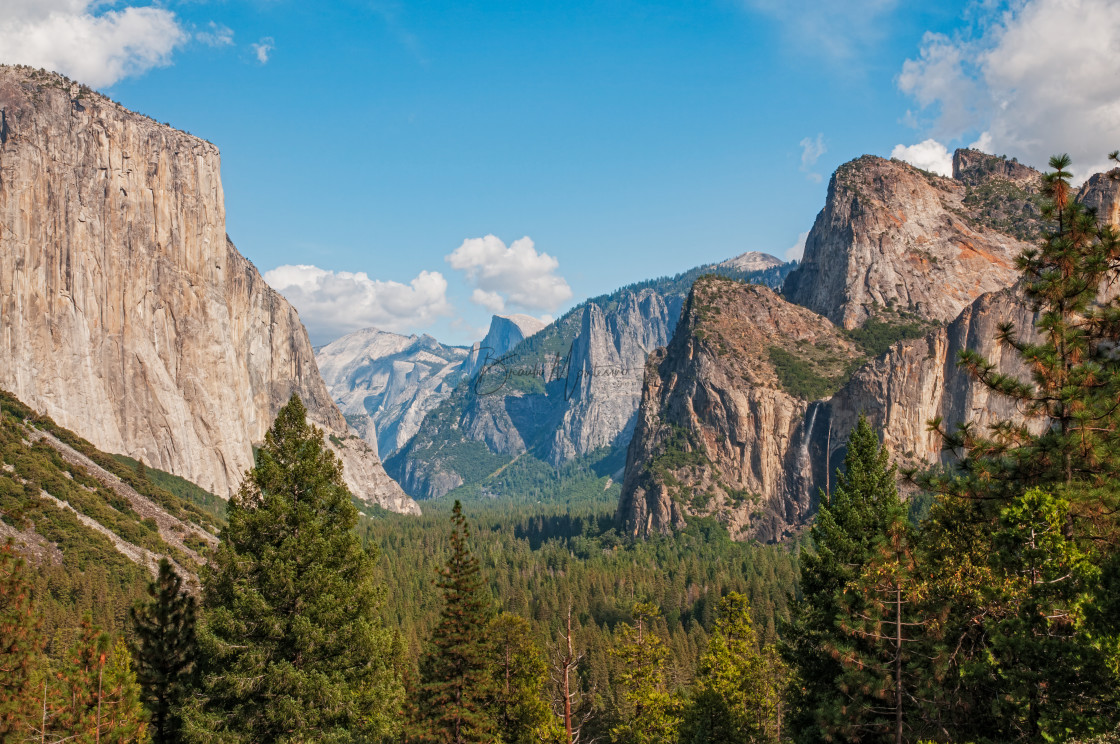Welcome to Zen of Seeing, a collection of photographs by Braulio Montesino inspired by the ancient philosophies of Zen and Taoism. We invite you to explore the photographs at your leisure. Thank you for visiting – we hope you will return often. A photographer for over fifty years, Braulio Montesino has a BFA in photography and specializes in landscape and wildlife photos.




